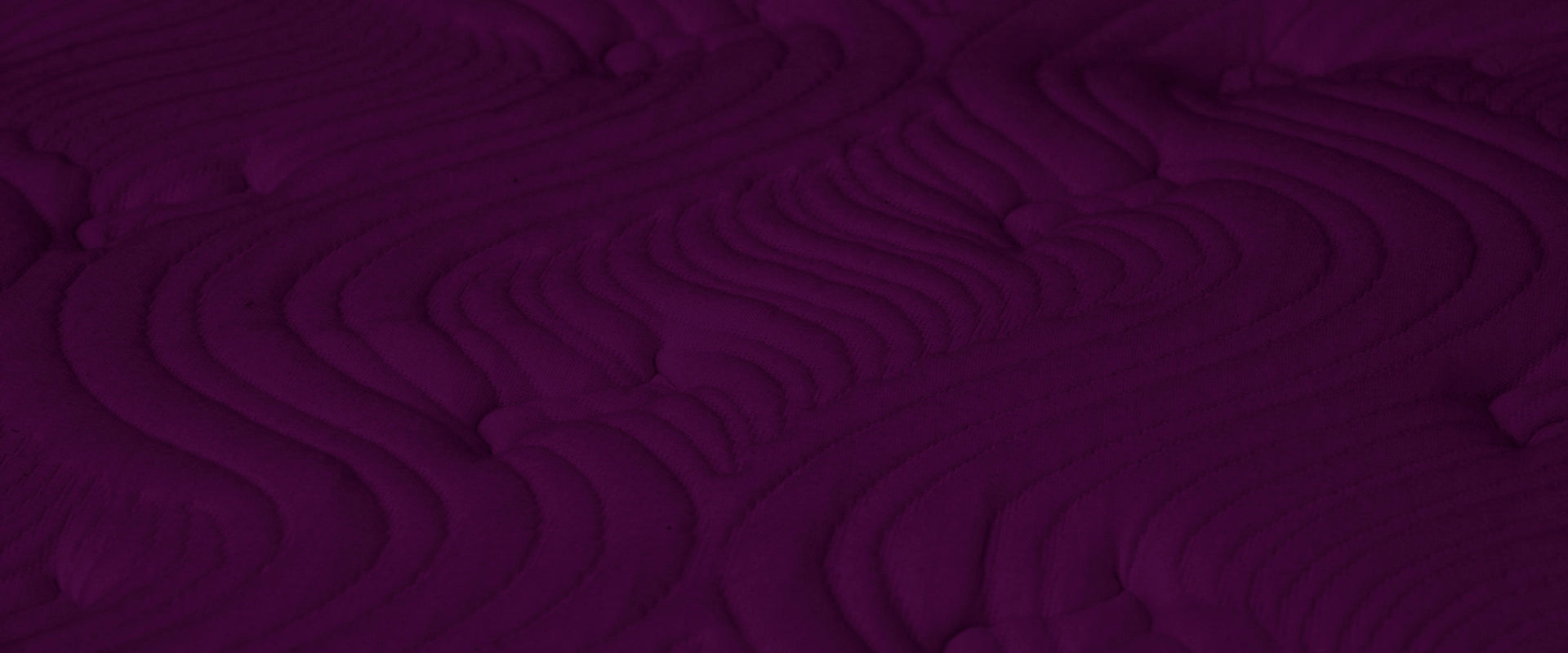After just one week, your pillowcase has 17,422 times more bacteria than a toilet seat — do we have your attention? We thought so! So, while you should already be washing your pillowcases at least once a week, don’t forget to regularly suds up your pillows because they’re also a breeding ground for dead skin cells, sweat, dust mites, and allergens (gross!). If you’re unsure how to go about cleaning them, we put together this handy guide to help you learn how to clean pillows and keep your bed as healthy and bacteria-free as possible.
Can You Wash Pillows?
Yes, you can wash pillows. However, always read the care tag on your pillow before washing. Most pillow types have special washing and drying recommendations.
For example, we recommend spot-cleaning Big Fig Pillows or machine washing the outer covering and using a pillow protector and/or pillowcase to keep your pillow clean and extend its life. Note this is the case for all memory foam pillows!
When Should I Wash My Pillows?
For general maintenance, you should wash your pillows every three to six months to help remove dust mites, allergens, and other contaminants that can accumulate. The exception to this rule is if your pillows develop stains or an unpleasant odor or if you or someone in your house has been sick. In those cases, wash your pillows ASAP!
How to Clean Pillows in a Washing Machine
How do I wash a pillow, you ask? Washing synthetic and down pillows in the washing machine is an effective way to refresh them. Here’s how to wash pillows in a machine to ensure they come out clean and undamaged.
Check the Care Label
Read the label on your pillows for specific washing instructions. Some pillows, especially memory foam or latex, are not machine washable. The Big Fig Adjustable Pillow, for example, has a machine-washable outer layer. The inner portion of the pillow should never go in the washing machine.
Prepare Your Pillows
Remove pillowcases and any pillow protectors. Check for stains and treat them with a suitable stain remover if needed.
Load the Washer
Wash two pillows at a time to help keep your washing machine balanced. If you only have one pillow, add some towels to balance the load. If possible, use a large-capacity washer. Overloading can lead to ineffective cleaning and potential damage.
Choose the Right Detergent
To prevent damage to the pillow factor, use a mild detergent suitable for delicate fabrics. If your pillow has specific cleaning instructions, always follow those recommendations.
Select the Wash Cycle
Set your machine to a gentle cycle with warm water — hot water can damage some pillow materials.
Drying Pillows for Maximum Fluffiness
Memory foam pillows are not dryer-safe, and while air drying is the only option, remember that you won’t be able to achieve the same level of fluffiness as you would using a dryer for synthetic or down pillows — something to keep in mind when choosing a pillow type! When using a dryer, follow these tips for maximum fluff.
Remove Excess Moisture
Before drying, gently press out as much water as possible. Avoid wringing, as this can damage the pillow’s filling.
Add a Couple of Tennis Balls
Place the pillows in a dryer with a couple of clean tennis or dryer balls. These help keep the filling from clumping and help fluff the pillows.
Use a Low-Heat Setting
Set your dryer to a low or medium heat setting. High heat can damage the pillow’s filling or fabric, causing it to lose its shape.
Check Regularly
Periodically pause the drying cycle to manually fluff and redistribute the pillow’s filling to ensure even drying and fluffiness.
Dry Thoroughly
Make sure the pillow is completely dry before removing it from the dryer. Damp pillows can develop mold or mildew.
Fluff After Drying
Once the pillow is dry, give it a good shake and fluff by hand to restore its shape and increase its loft.
Tips for Prolonging Pillow Cleanliness
As with all bedding, pillows are an investment, so here are a few handy tips to help keep them clean and in tip-top shape.
Use Pillow Protectors
Investingin a pillow protector, such as the one offered by Big Fig, is a smart move. It creates a barrier that keeps your pillows cleaner for longer. Our protector features a water-resistant barrier and protects against germs, bacteria, moisture, and mold, enhancing your sleep health while keeping your pillows cleaner for longer.
Regularly Wash Pillowcases
Wash your pillowcases weekly or bi-weekly. This simple habit removes sweat, oils, and other residues that can transfer to your pillow and protector, ensuring a fresh and healthy sleeping experience.
Spot Clean Stains Immediately
Spills and stains are inevitable (that’s life!), especially if you enjoy snacking in bed. However, you can prevent them from setting in and causing damage by addressing them immediately. Use a mild detergent and a damp cloth to blot the area gently.
Protect from Pets
If you have fur babies, try to keep them off the bed or use a pet-friendly pillow cover to reduce the amount of pet hair and dander on your pillows.
Use a Deodorizing Spray
Lightly spray pillows with a fabric-safe deodorizer to keep them smelling as fresh as a daisy. Make sure the spray is suitable for your pillow material.
Store Properly
When not in use, store pillows in a clean, dry place to avoid exposure to dust and moisture.
Conclusion
Whether you hand wash or machine wash your pillows, a good rule of thumb is to do so every three to six months. Always follow the manufacturer's instructions for cleaning and drying to prevent damage. While laundry may not be your thing, washing pillows with Big Fig is easy!! You only need to spot clean and toss your pillow protector and pillowcase in the washer to extend their lifespan. Make cleaning and sleeping easy with Big Fig!





